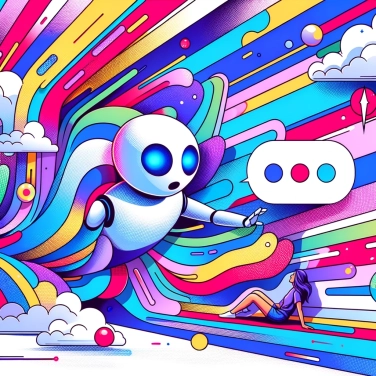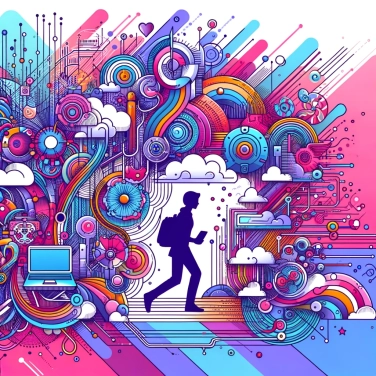Chatbots can sometimes misinterpret our simple requests due to the complexity of human language, programming errors, the diversity of possible formulations, and the lack of context sometimes necessary for accurate interpretation.

Our natural language is incredibly subtle: a short and simple sentence can hide multiple possible meanings. The words themselves are not always clear; a single word can have quite a few meanings depending on the context (does lawyer refer to justice or guacamole?). We also often use idiomatic or twisted expressions, like "break bread" or "it's raining cats and dogs," which chatbots struggle to decode correctly. Tone, irony, or even implications make the process even more complicated. In short, even humans often have a hard time understanding each other clearly, so imagine a chatbot facing all this subtlety!
Even the simplest sentences can have multiple possible meanings. If you ask, "Make me an appointment next Thursday," a chatbot might hesitate between this coming Thursday and the one after next. Similarly, an expression like "ça roule" can simply indicate that you agree or that you confirm everything is working. These everyday expressions and familiar phrases depend heavily on context, tone, or even cultural habits: it's not easy for a chatbot to pick up on these subtleties. Sometimes, an utterly simple sentence has several hidden meanings, and since chatbots primarily rely on keywords, they can easily misinterpret our true intentions.
Chatbots are improving, but they still struggle to fully grasp the context of a conversation. Artificial intelligence primarily analyzes keywords, sentence structures, and statistical patterns learned during its training. It doesn't yet understand our exchanges like a real person would. As a result, meaning often shifts with nuances, implicit references, or wordplay, which confuses the chatbot. Sometimes, a simple sentence largely depends on what was said before. Without a good memory of the previous exchanges, the chatbot will often respond off-topic. In short, even though AI is progressing rapidly, this limited context management remains one of its main weaknesses, making interactions somewhat frustrating.
A chatbot operates with more or less rigid algorithms: if it has not been trained with enough varied examples during its learning, it struggles to grasp the precise meaning of certain very simple sentences. The limited size of its databases, the necessary computing speed, and memory constraints mean that the chatbot often has to make shortcuts and approximations. Moreover, current models rely mainly on statistical probabilities rather than a language understanding comparable to ours, which sometimes leads them to awkwardly guess the meaning of queries, even when they seem extremely basic. As a result, the user has the impression that the machine misunderstands, while the issue actually stems from a kind of internal limitation in the very functioning of the chatbot.
Punctuation, hidden emotions, irony, and sarcasm are all elements that current chatbots often struggle to navigate. Even the most advanced algorithms have difficulty perceiving humor as well as a human does!
Some chatbots use statistical approaches based on probability. If they encounter a very uncommon expression or a request phrased in an original way, they can quickly lose track of the context.
Understanding context remains one of the biggest challenges in artificial intelligence today. Even the most sophisticated chatbots can easily confuse your current request with a previous one, negatively impacting their response.
Did you know that one of the first attempts to create a chatbot dates back to 1966? ELIZA, designed by Joseph Weizenbaum, imitated a therapist by rephrasing the user's statements without actually analyzing their meaning.
Idiomatic expressions, humor, irony, or vague formulations often lead to misunderstandings. Likewise, words or phrases with multiple possible meanings can create ambiguity and thus confusion for automated conversational systems.
Modern chatbots use natural language processing to detect certain context. However, their ability to accurately follow context over multiple exchanges remains limited. As a result, they may miss some contextual nuances, leading to poorly matched responses.
Try to formulate your requests in a clear, concise, and precise manner. Avoid double meanings or overly abstract expressions whenever possible. Additionally, providing explicit contextual details at the beginning of an interaction often helps the chatbot understand you more effectively.
This usually happens when the chatbot loses track of the conversation context or when it fails to correctly interpret your initial response. In such cases, slightly rephrasing your answer or being more specific often helps to properly restart the dialogue.
Even simple for a human, some requests are much less so for an artificial intelligence. Natural language often contains ambiguities, implications, or implicit contexts that the chatbot may struggle to understand accurately.

No one has answered this quiz yet, be the first!' :-)
Question 1/6